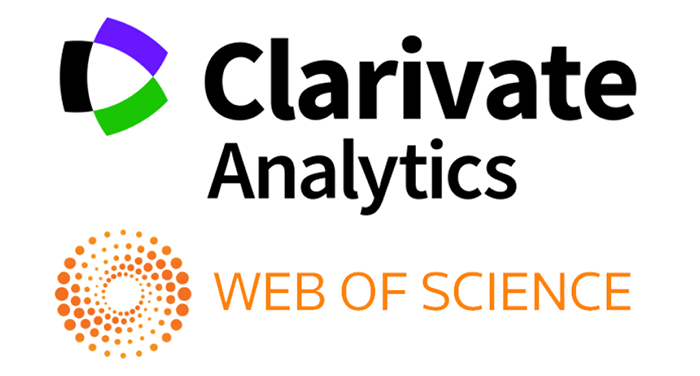ТЕРМИНОЛОГИЯ И ИЗУЧЕНИЕ ЯЗЫКОВ В ОБЛАСТИ КИБЕРБЕЗОПАСНОСТИ: ПРЕОДОЛЕНИЕ РАЗРЫВА В КИБЕРБЕЗОПАСНОСТИ
##semicolon##
https://doi.org/10.69617/nuuz.v1i1.1.6135##semicolon##
кибербезопасность, технический английский, изучение языка, терминология кибербезопасности, интегрированное обучение предмету и языку.Abstrak
Cybersecurity is an ever – expanding and critical field that requires specialized knowledge and a strong command of technical language,
primarily in English. For non-native English speakers, mastering cybersecurity terminology is a significant barrier to success in the
industry. This thesis explores the challenges faced by students in learning cybersecurity terms and highlights the impact of language
barriers on their education and professional development. Through a detailed examination of language acquisition strategies, including
Content and Language Integrated Learning (CLIL), interactive learning platforms, vocabulary mapping, and AI-driven tools, the thesis
proposes innovative methods to bridge the gap between language proficiency and technical knowledge.
##submission.citations##
2. Bangert-Drowns, R. L., & Pyke, S. (2019). “The effectiveness of language learning technologies: A review of research.” Journal of Educational Computing Research, 57(5), 1221–1245. https://doi.org/10.1177/ 0735633118808691
3. Chapelle, C. A. (2010). The Nature of Technology-Enhanced Language Learning. In: The Handbook of Technology and Second Language Teaching and Learning, 125-147. Routledge.
4. Dziuban, C. D., & Moskal, P. D. (2013). “Improving learning in the global digital age.” The Internet and Higher Education, 16(4), 151–156. https://doi.org/10.1016/j.iheduc.2013.04.001
5. Hegelheimer, V., & Fisher, C. (2006). “The role of grammar in language learning.” System, 34(3), 443-452 https://doi.org/10.1016/j.system. 2006.03.008
6. Jones, S., & Malesky, L. (2020). “Bridging the gap: English proficiency and cybersecurity education.” International Journal of Cybersecurity and Education, 8(3), 47-61.
7. Krashen, S. (1982). Principles and Practice in Second Language Acquisition. Pergamon Press.
8. O‘Connor, M. (2017). “The integration of technical English and cybersecurity skills: A multidisciplinary approach”. Cybersecurity Education Review, 15(2), 128–135.
9. Peng, J. E. (2013). “Content and Language Integrated Learning: Benefits for teaching and learning languages”. Educational Technology Research and Development, 61(2), 183-194. https://doi.org/10.1007/s11423-013-9317-5
10. Sunnatillayevna A.Y, 2024. “The Innovative Method Of Learn Foreign Languages In Different Countries”, Journal of Computational Analysis and Applications (JoCAAA), 33(5), pp. 744-747.




.jpg)

.png)


